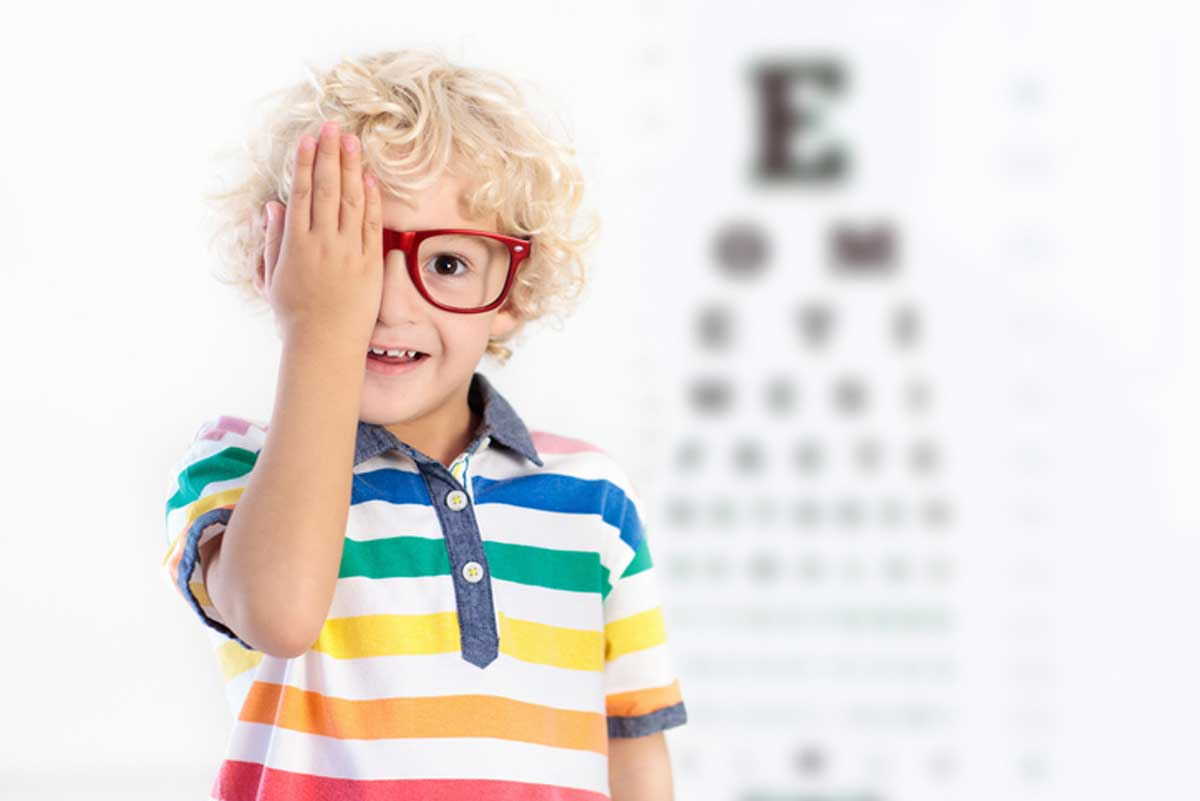One in Three Children Are Short-Sighted, Global Study Warns

A global analysis reveals that one in three children now suffer from short-sightedness, or myopia, as children’s eyesight continues to worsen. The study, published in the British Journal of Ophthalmology, found that increased screen time and reduced outdoor activity during Covid lockdowns significantly contributed to the problem, with children spending more time indoors straining their eyes. The research predicts that myopia could affect over half of teens by 2050, making it a growing global health concern.
The highest rates of myopia are found in Asia, where countries like Japan (85%) and South Korea (73%) lead the way. In contrast, regions like Paraguay and Uganda report some of the lowest levels at around 1%, while the UK, Ireland, and the US sit at about 15%. Myopia cases globally have tripled since 1990, affecting 36% of children and teenagers in 2023.
Myopia typically begins in primary school years and worsens until the eye stops growing, around age 20. Several factors influence its development, including genetics and early education. In countries like Singapore and Hong Kong, where children start school as early as two years old, excessive focus on screens and books from an early age puts extra strain on their eyes, increasing their risk of developing myopia. In contrast, children in Africa, where schooling often starts later, tend to have a much lower risk.
The study also noted that girls and young women are more likely to be affected than boys, as they spend less time outdoors and tend to experience growth and puberty earlier. As a result, girls are more prone to myopia at a younger age.
UK eye experts recommend children spend at least two hours outside daily, especially between ages seven and nine, to reduce the risk of developing myopia. Natural sunlight, exercise, and focusing on distant objects all seem to contribute positively to maintaining healthy vision. Parents are also encouraged to have their children’s eyes tested between the ages of seven and ten, especially if there is a family history of myopia.
While there is no cure for myopia, it can be managed with glasses, contact lenses, or special corrective lenses, which are particularly popular in Asia. These lenses can slow down the progression of myopia in young children. Some schools in Asia are even experimenting with glass classrooms that mimic outdoor learning environments to reduce strain on children’s eyes.
High rates of myopia pose a long-term concern, as they could lead to more severe eye conditions in older age.
Signs of Short-Sightedness in Children:
- Difficulty reading from a distance (e.g., seeing the whiteboard in school)
- Sitting close to screens or holding devices close to the face
- Frequent headaches
- Rubbing eyes excessively













